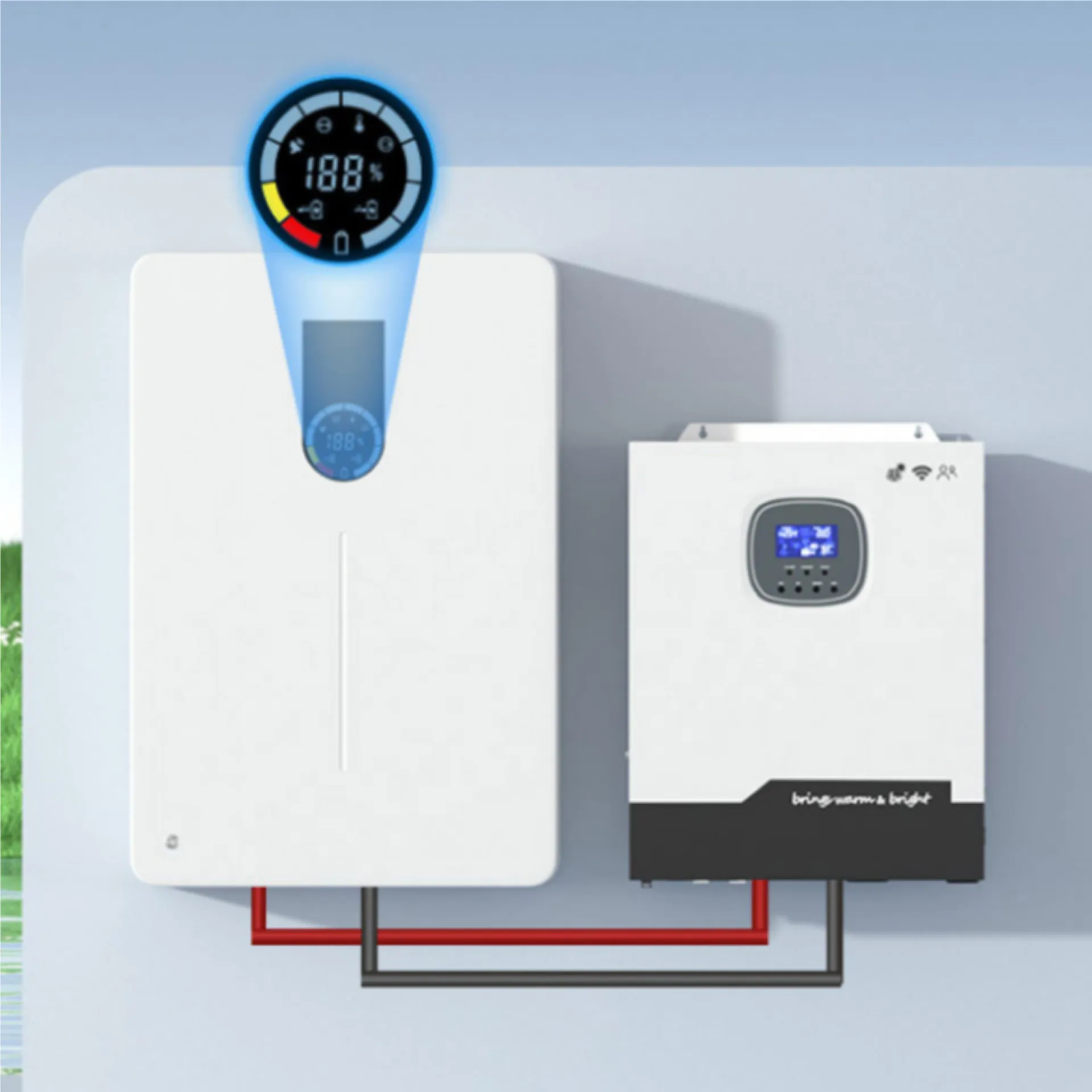solar panel increase efficiency
Increasing Solar Panel Efficiency Innovations and Strategies
Solar energy has become one of the most promising solutions to combat climate change and meet the growing energy demands of the global population. The efficiency of solar panels has a significant impact on the overall effectiveness of solar energy systems. As technology advances, researchers and engineers continually seek ways to improve solar panel efficiency, enhancing their energy conversion rates and ultimately making solar more competitive against traditional energy sources.
Understanding Solar Panel Efficiency
Solar panel efficiency refers to the percentage of sunlight that can be converted into usable electricity. The average efficiency of commercial solar panels has progressively increased from around 15% a few years ago to over 22% today. This improvement is crucial because the higher the efficiency, the greater the energy output from a given surface area. High-efficiency solar panels can allow homeowners and businesses to generate more electricity, even in limited spaces.
Innovative Materials and Technologies
One of the main avenues of improving solar panel efficiency is through the use of innovative materials. Traditional silicon-based solar cells dominate the market, but researchers are exploring alternatives that offer enhanced performance. For instance, perovskite solar cells have emerged as a leading contender, demonstrating efficiencies exceeding 25% in laboratory settings. These materials are cheaper to produce and can be incorporated into flexible surfaces, expanding their application potential.
Moreover, multi-junction solar cells, which layer different semiconductor materials, capture a broader spectrum of sunlight. Each layer is optimized to absorb different wavelengths, significantly increasing overall efficiency. These cells have reached efficiencies of over 40% under concentrated sunlight, making them particularly attractive for large-scale solar farms.
Enhancing Light Capture
solar panel increase efficiency

Another approach to increasing efficiency lies in maximizing light capture. Advanced solar panel designs incorporate textures and coatings that minimize reflection and enhance light absorption. Techniques such as anti-reflective coatings and textured surfaces can significantly increase the amount of light that penetrates the solar cells.
Furthermore, the use of bifacial solar panels, which can capture sunlight from both sides, is gaining traction. By utilizing reflected sunlight from the ground or nearby structures, bifacial panels can generate more electricity than their traditional counterparts, especially in snowy or reflective environments.
Tracking and System Integration
Solar panel efficiency can also be improved through optimal positioning and tracking systems. Fixed solar panels may only capture sunlight directly during specific times of the day, while solar trackers adjust the panel's orientation to follow the sun's path, maximizing exposure. Studies show that solar trackers can increase energy production by 20-50%, depending on geographical location and weather conditions.
Additionally, integrating solar panels with energy storage solutions, such as batteries, enhances the overall system reliability. High-efficiency solar panels paired with advanced storage systems enable users to harness energy during peak production times and consume it during low production periods, leading to better energy management and reduced reliance on the grid.
Conclusion
Increasing solar panel efficiency is essential for promoting solar energy as a viable alternative to fossil fuels. Innovations in materials, designs, and system integrations are paving the way for more efficient solar technologies. As efficiency continues to improve, the cost of solar energy will decrease further, enhancing its accessibility and adoption. This not only supports global efforts to transition to renewable energy sources but also contributes to a sustainable future, reducing humanity's carbon footprint and environmental impact. Strategic investments in research and development will be critical in catalyzing these advancements, making solar energy a cornerstone of our clean energy landscape.
-
Understanding the Advantages of Solar String Inverters for Your Energy SystemNewsApr.29,2025
-
Choosing the Right PV Inverter: A Comprehensive GuideNewsApr.29,2025
-
The Future of Solar Power: Exploring Bifacial Solar PanelsNewsApr.29,2025
-
The Complete Guide to Solar Panels: Efficiency, Cost, And InstallationNewsApr.29,2025
-
The Best Options for Efficiency and Cost-EffectivenessNewsApr.29,2025
-
Harnessing the Power of Off-Grid Solar Inverters for Energy IndependenceNewsApr.29,2025







